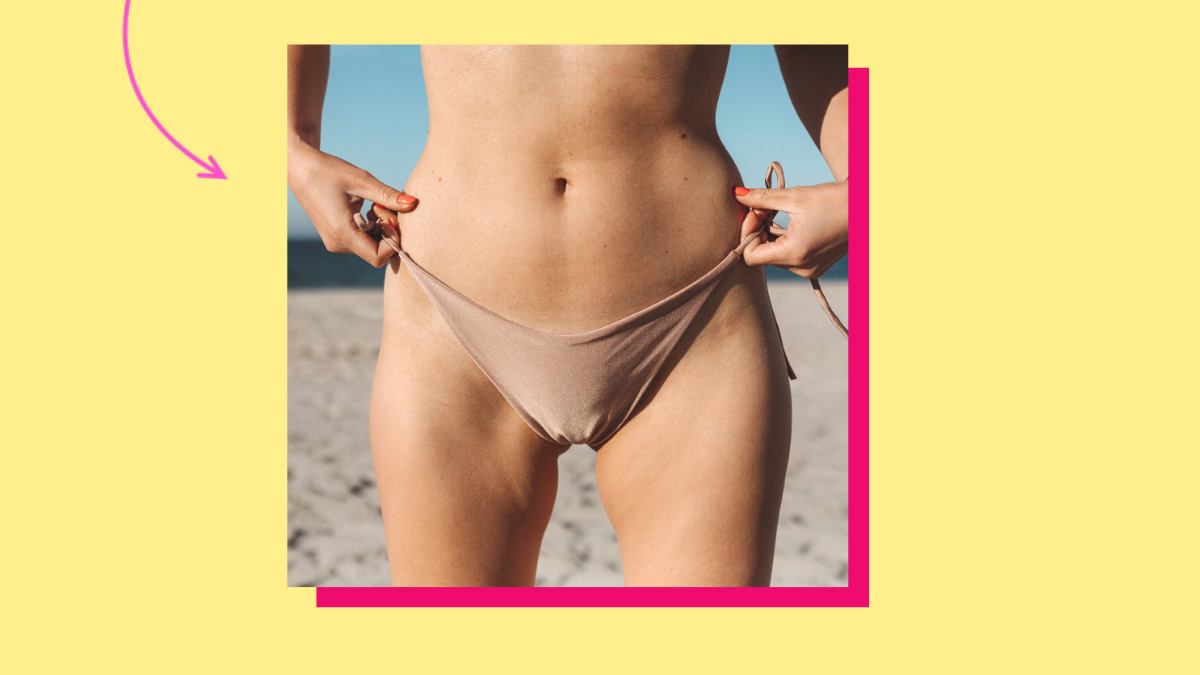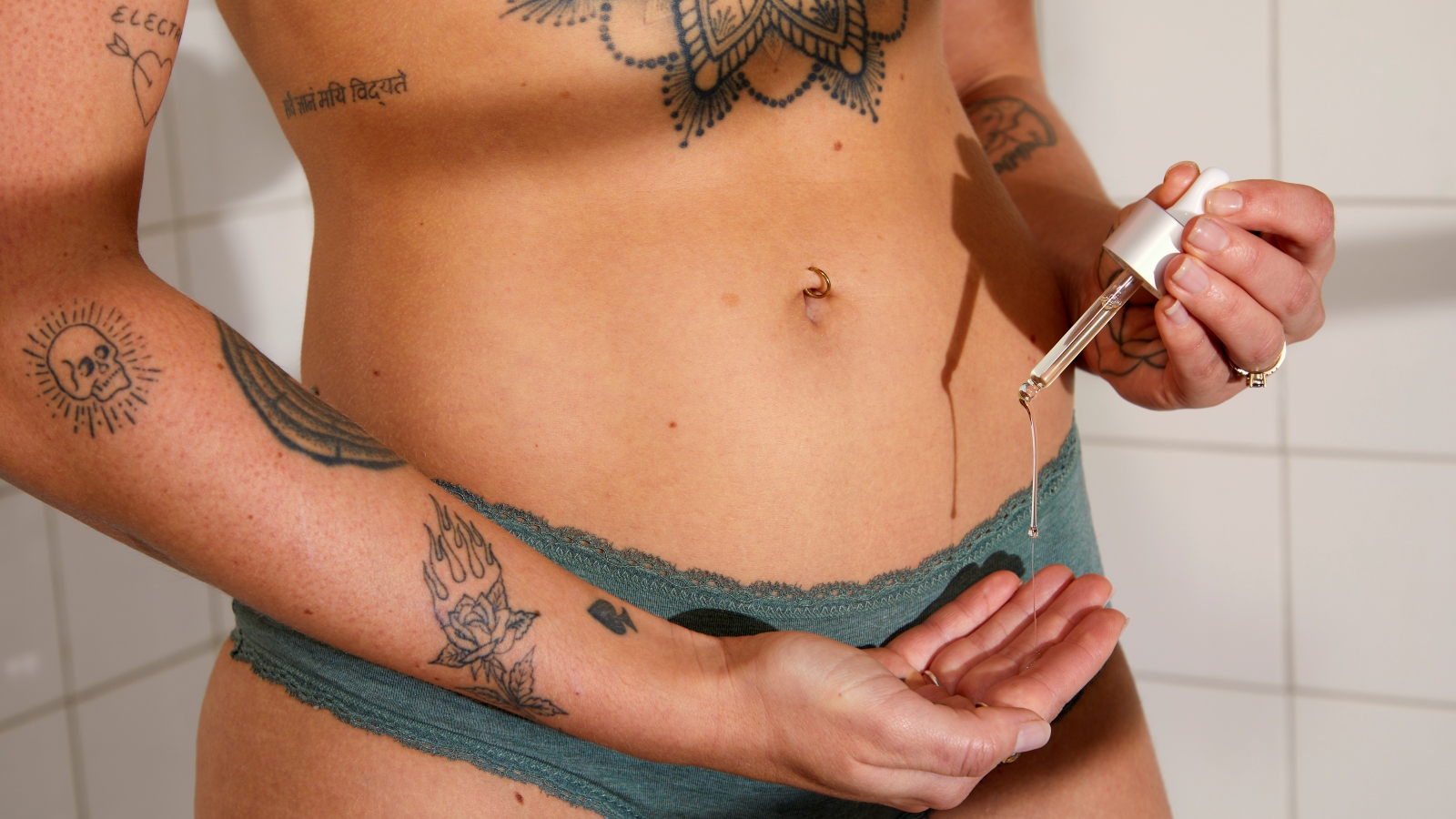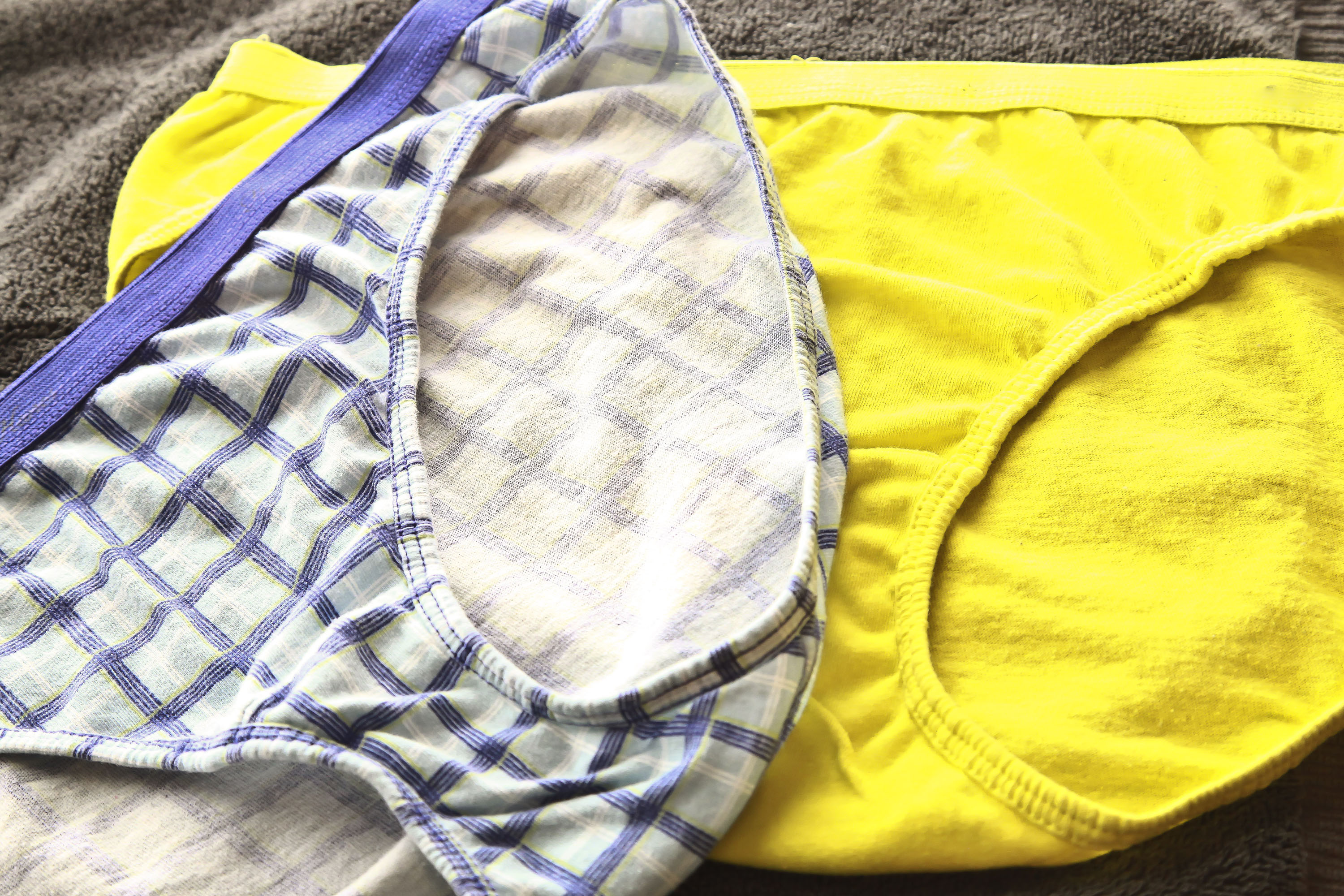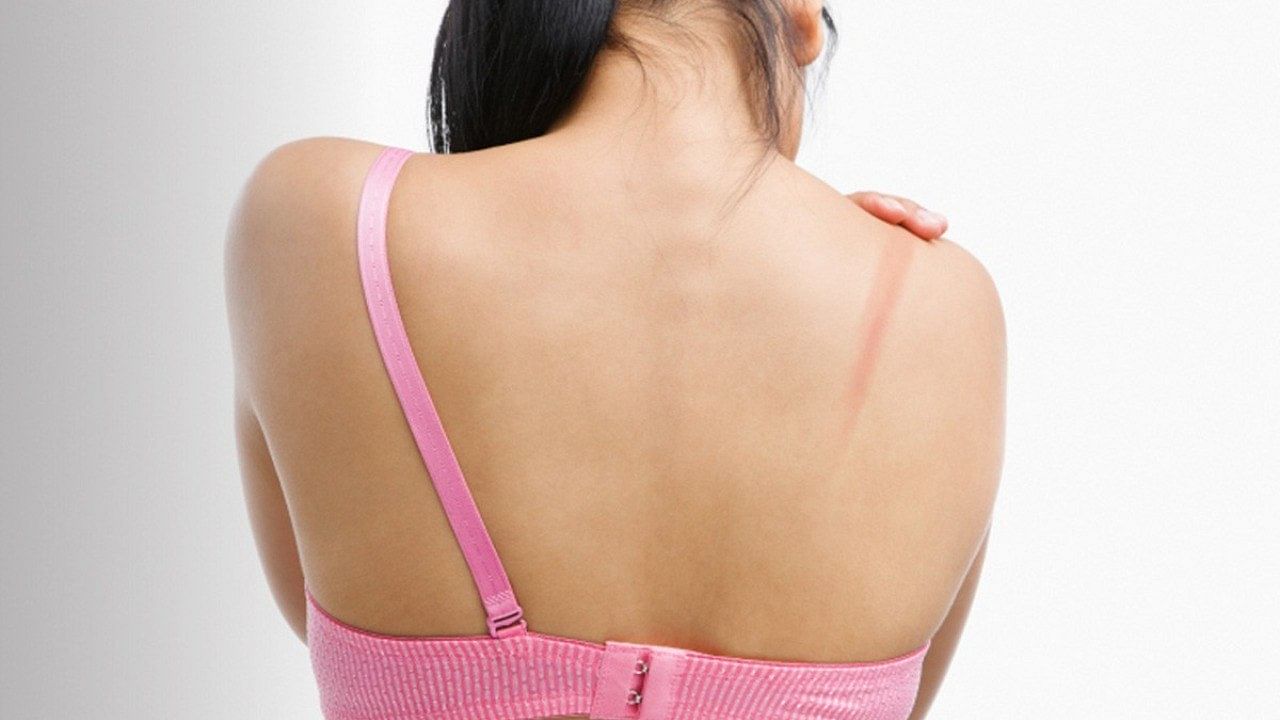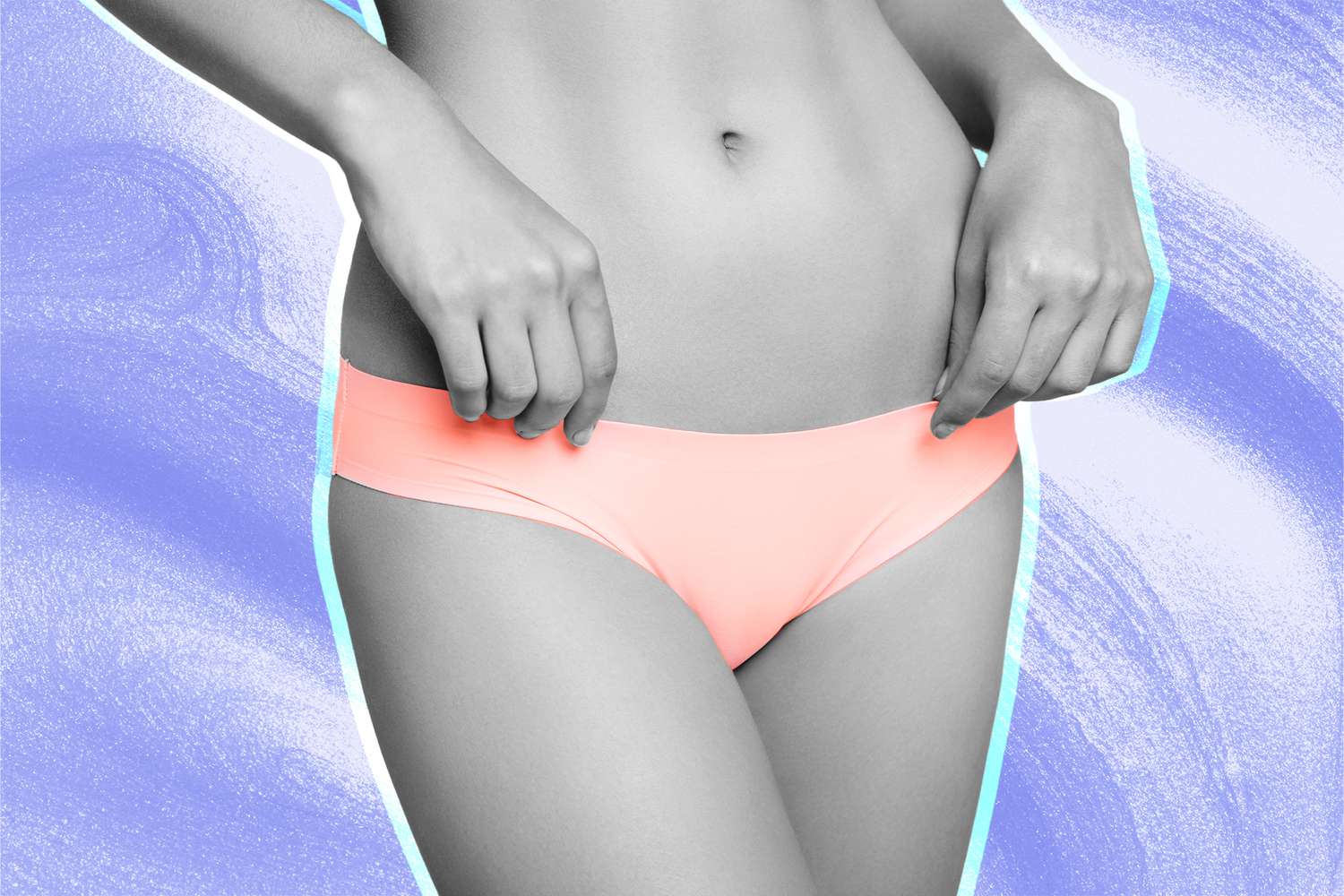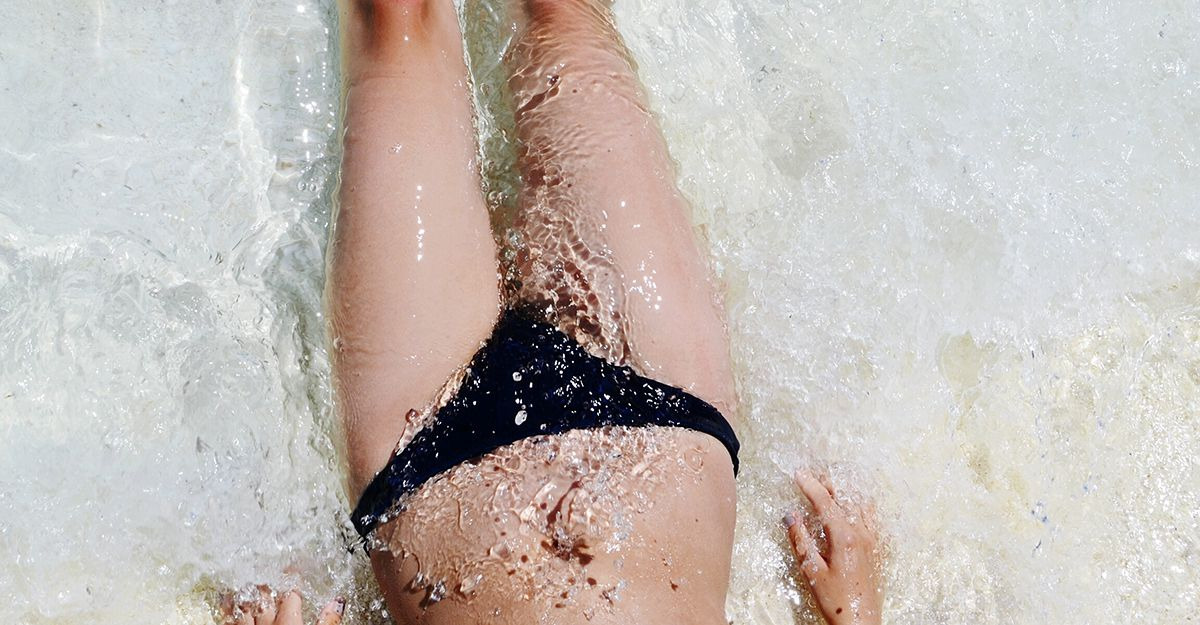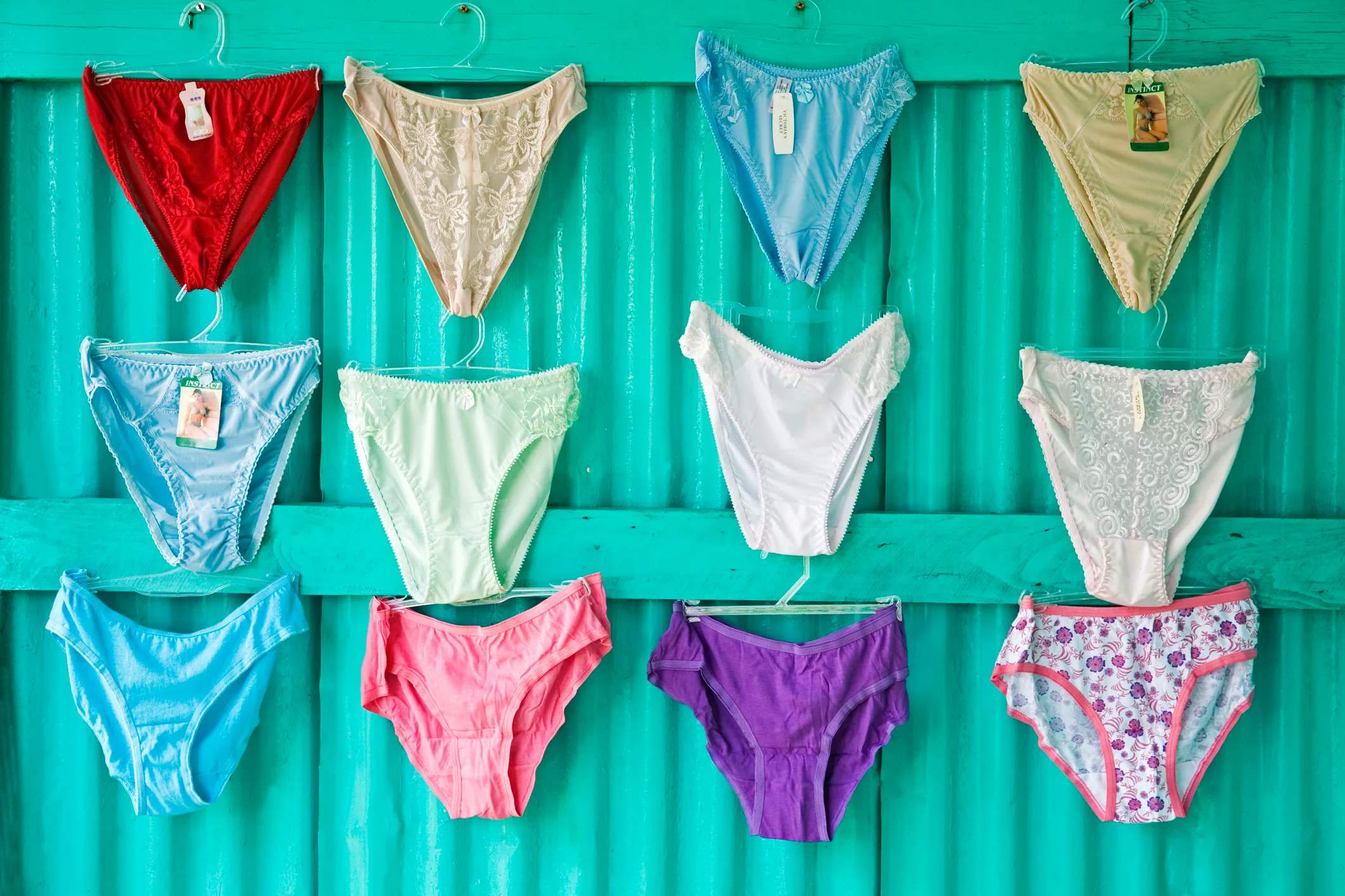Home>How-to Guides>For Women>How To Get Rid Of A Cyst On Bikini Line
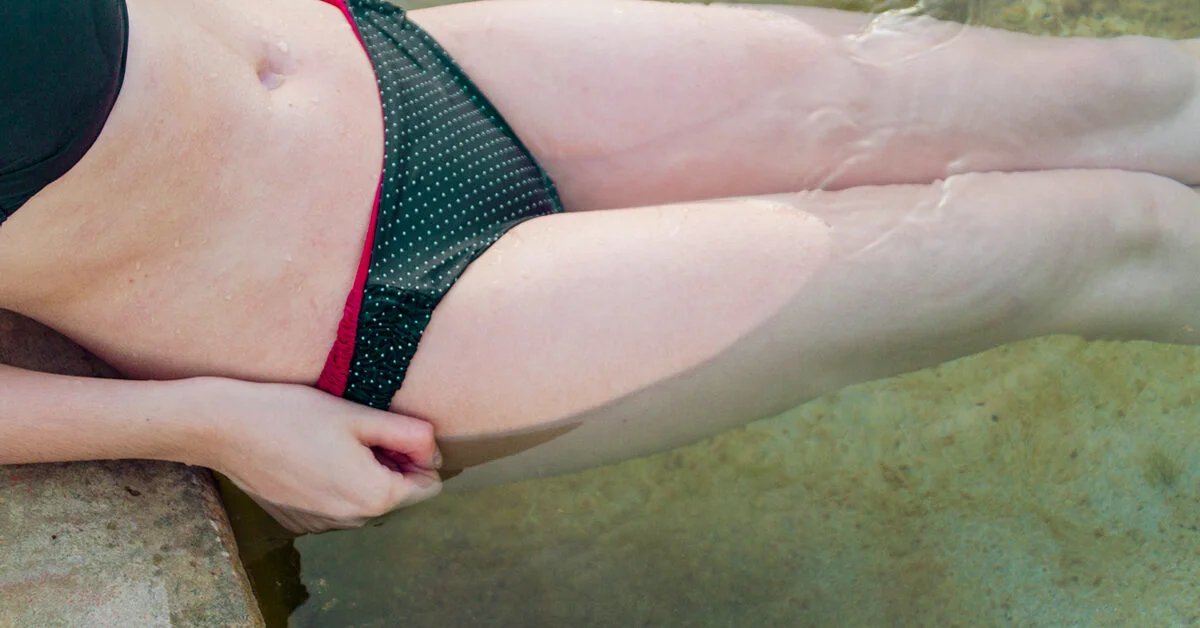

For Women
How To Get Rid Of A Cyst On Bikini Line
Modified: August 2, 2023
Discover effective ways for women to get rid of a cyst on their bikini line. Find helpful tips and remedies for a hassle-free solution.
(Many of the links in this article redirect to a specific reviewed product. Your purchase of these products through affiliate links helps to generate commission for Under-tec.com, at no extra cost. Learn more)
Table of Contents
Introduction
Welcome to our comprehensive guide on how to get rid of a cyst on the bikini line. Cysts on the bikini line can be uncomfortable and may cause pain and irritation. If you’re dealing with these pesky bumps, you’re not alone. Many women face the challenge of managing cysts in this delicate area.
While these cysts are generally harmless, they can be a cause of concern and discomfort. It’s important to understand the symptoms, causes, and treatment options available to effectively deal with them.
In this article, we will explore the various aspects of bikini line cysts, including the symptoms, causes, diagnosis, home remedies, medical treatments, prevention tips, and when to seek professional help. By the end of this guide, you will have a better understanding of how to manage and treat a cyst on your bikini line.
It’s essential to note that the information provided here is not a substitute for professional medical advice. If you have any concerns or questions, it’s always best to consult with a healthcare professional or dermatologist for personalized guidance.
So, let’s dive into the world of bikini line cysts and discover effective ways to get rid of them and prevent their recurrence.
Understanding Cysts on the Bikini Line
Before we delve into the treatments and remedies for bikini line cysts, it’s important to have a clear understanding of what exactly these cysts are.
A cyst is a sac-like pocket that is filled with fluid, air, or other materials. When it comes to cysts on the bikini line, they typically form when hair follicles become blocked or when oil and dead skin cells accumulate in the hair follicles. This creates a small bump under the skin’s surface, which can be tender or painful to touch.
Bikini line cysts are commonly known as epidermoid cysts or sebaceous cysts. They can vary in size, ranging from small pea-sized bumps to larger lumps. These cysts are usually benign and don’t pose a serious health risk. However, they can cause discomfort and lead to self-consciousness, especially during activities like wearing tight clothing or engaging in intimate moments.
Factors that contribute to the formation of cysts on the bikini line include poor hygiene, excessive sweating, shaving or waxing, ingrown hairs, hormonal imbalances, and genetic predisposition. It’s important to note that while these factors can increase the risk of developing cysts, they are not definitive causes of cyst formation.
Moreover, cysts on the bikini line can be easily mistaken for other skin conditions such as ingrown hairs, abscesses, or boils. It’s wise to consult a healthcare professional or dermatologist for an accurate diagnosis if you’re uncertain about the nature of a bump on your bikini line.
In the next section, we will explore the common symptoms of bikini line cysts and the underlying causes behind their occurrence.
Symptoms and Causes of Bikini Line Cysts
Bikini line cysts can cause a range of symptoms, and understanding these symptoms is crucial for proper diagnosis and treatment. Here are the common signs and symptoms of cysts on the bikini line:
- Pain or tenderness: Cysts can be sensitive to touch and may cause localized pain or tenderness in the bikini line area.
- Skin redness: The affected area may appear red or inflamed, especially if the cyst is infected.
- Swelling: Cysts can cause swelling in the surrounding area, making it appear slightly raised or puffy.
- Abscess formation: In some cases, cysts can become infected, leading to the formation of an abscess. This can result in increased pain, swelling, and pus drainage.
- Bump or lump: The most noticeable symptom of a bikini line cyst is a visible bump or lump beneath the skin. The size of the cyst can vary and may increase over time.
Now, let’s explore the potential causes behind the development of bikini line cysts:
- Blockage of hair follicles: Cysts can occur when hair follicles on the bikini line become blocked by dead skin cells, oil, or bacteria.
- Ingrown hairs: When hairs grow back into the skin instead of outward, they can cause irritation and inflammation, leading to the formation of cysts.
- Excessive sweating: Sweating in the bikini area can create a moist environment, promoting bacterial growth and increasing the risk of cyst development.
- Shaving or waxing: Frequent shaving or waxing of the bikini area can irritate the hair follicles, making them more prone to blockage and cyst formation.
- Hormonal imbalances: Fluctuations in hormone levels, such as those experienced during menstruation or hormonal disorders, can contribute to the development of cysts on the bikini line.
- Genetic predisposition: Some individuals may have a genetic predisposition to developing cysts, making them more susceptible to their occurrence.
It’s important to note that while these factors can contribute to the development of bikini line cysts, the exact cause may vary from person to person. Understanding the symptoms and causes is essential for determining the appropriate treatment approach.
In the next section, we will discuss how bikini line cysts are diagnosed and the importance of seeking professional help for an accurate diagnosis.
Diagnosing Bikini Line Cysts
A proper diagnosis is essential to confirm that the bump on your bikini line is indeed a cyst and not another skin condition. While self-examination and awareness of symptoms can provide some insights, it is always recommended to consult a healthcare professional or dermatologist for an accurate diagnosis. Here’s what you can expect during the diagnostic process:
Physical Examination: A healthcare professional will begin by conducting a physical examination of the affected area. They will visually examine the bump and may gently palpate it to assess its size, tenderness, and consistency.
Medical History: Your healthcare provider will inquire about your medical history and ask questions related to your symptoms, such as when the bump first appeared, how it has progressed, and if you have experienced similar issues in the past.
Biopsy: In some cases, a biopsy may be recommended to rule out other underlying conditions and confirm the nature of the cyst. A small tissue sample may be taken from the cyst and sent to a laboratory for further analysis.
Imaging Tests: In rare instances, imaging tests such as ultrasound or MRI may be ordered if the healthcare professional suspects complications or wants to assess the extent of the cyst.
It’s crucial to seek professional help for an accurate diagnosis, as various skin conditions can exhibit similar symptoms to bikini line cysts. Once the diagnosis is confirmed, you can move forward with appropriate treatment options to alleviate discomfort and manage the cyst.
In the following sections, we will explore various home remedies, medical treatments, and prevention tips for dealing with bikini line cysts effectively.
Home Remedies for Treating Bikini Line Cysts
If you’re dealing with a cyst on your bikini line, there are several home remedies that may help alleviate the discomfort and promote healing. While these remedies can be effective for mild cases, it’s important to note that consulting with a healthcare professional or dermatologist is always recommended, especially for larger or persistent cysts. Here are some home remedies you can try:
- Warm Compress: Applying a warm compress to the cyst can help reduce inflammation, promote drainage, and provide pain relief. Soak a clean cloth in warm water, wring out the excess, and gently press it against the cyst for 10-15 minutes, several times a day.
- Topical Antiseptic: Applying a topical antiseptic, such as tea tree oil or witch hazel, can help prevent infection and reduce swelling. Dilute the essential oil with a carrier oil, like coconut oil, and apply it to the affected area using a cotton swab.
- Over-the-Counter Pain Relievers: Over-the-counter pain relievers, such as ibuprofen or acetaminophen, can provide temporary relief from pain and reduce inflammation. Follow the package instructions and consult with a healthcare professional if you have any concerns.
- Avoiding Tight Clothing: Wearing tight-fitting clothes can further irritate the cyst and cause discomfort. Opt for loose clothing made from breathable fabrics to minimize friction and promote healing.
- Gentle Cleansing: Keep the affected area clean by gently cleansing it with mild soap and warm water. Avoid harsh scrubbing, which can irritate the cyst and potentially lead to infection.
- Avoid Picking or Squeezing: Resisting the urge to pick or squeeze the cyst is crucial as it can cause further inflammation, infection, and scarring. Let the cyst heal naturally and consult with a professional if it becomes increasingly painful, shows signs of infection, or doesn’t improve over time.
Remember, these home remedies may provide temporary relief and promote healing in mild cases. However, if your symptoms worsen, if the cyst becomes larger, or if you experience persistent pain, it’s important to seek professional medical advice for proper diagnosis and treatment.
In the next section, we will explore medical treatments that may be recommended for more severe or persistent bikini line cysts.
Medical Treatments for Bikini Line Cysts
In some cases, home remedies may not be sufficient to treat bikini line cysts, especially if they are large, painful, or infected. If you’re experiencing severe symptoms or if the cyst persists despite home treatments, it’s essential to consult with a healthcare professional or dermatologist. They may recommend one of the following medical treatments:
- Incision and Drainage: For large or infected cysts, a healthcare professional may perform a minor surgical procedure to drain the cyst. They will make a small incision in the cyst using a sterile instrument, allowing the fluid or pus to be released. Following the drainage, the wound will be cleaned and may be covered with a dressing.
- Intralesional Corticosteroid Injection: In some cases, a healthcare professional may administer a corticosteroid injection into the cyst to reduce inflammation and promote healing. This treatment is typically reserved for cysts that are painful, inflamed, or prone to recurring.
- Antibiotics: If the cyst is infected or shows signs of infection, such as redness, warmth, or the presence of pus, a healthcare professional may prescribe oral or topical antibiotics to eliminate the infection and prevent further complications.
- Surgical Excision: In rare instances where the cyst is persistent, recurrent, or causing severe symptoms, surgical excision may be recommended. This procedure involves the complete removal of the cyst, along with its surrounding tissue, to prevent recurrence.
The choice of medical treatment will depend on the severity of the cyst, your overall health, and the preferences of your healthcare professional. It’s important to discuss the various options and potential risks and benefits with your doctor to make an informed decision.
Remember, medical treatments should only be performed by trained professionals to minimize the risk of complications and ensure proper healing. Follow your healthcare professional’s instructions post-treatment for optimal recovery.
In the next section, we will explore preventive measures you can take to reduce the risk of developing bikini line cysts in the future.
Prevention Tips for Avoiding Bikini Line Cysts
While it’s not always possible to prevent the development of bikini line cysts, there are several steps you can take to reduce the risk of their occurrence. By implementing the following preventive measures, you can promote skin health and minimize the likelihood of cyst formation:
- Maintain Good Hygiene: Keep the bikini area clean and dry to prevent the accumulation of sweat, dirt, and bacteria. Wash the area gently with mild soap and warm water, pat it dry, and avoid harsh scrubbing.
- Use Proper Hair Removal Techniques: If you choose to remove hair from the bikini area, use gentle techniques to minimize irritation. Avoid aggressive shaving or waxing, which can lead to ingrown hairs and cyst formation. Opt for proper shaving techniques and consider using a moisturizing shave gel or cream.
- Exfoliate Regularly: Exfoliate the bikini area regularly to remove dead skin cells, which can clog hair follicles. Be gentle while exfoliating to avoid skin irritation.
- Wear Breathable Fabrics: Choose underwear and clothing made from breathable fabrics, such as cotton, to allow for proper airflow and reduce moisture buildup in the bikini area.
- Avoid Tight Clothing: Tight-fitting clothing can cause friction and irritation, increasing the risk of cyst formation. Opt for looser clothing that doesn’t trap sweat or rub against the skin.
- Avoid Touching or Picking: Refrain from touching, squeezing, or picking at any bumps or cysts in the bikini area, as this can lead to further irritation, infection, and scarring.
- Practice Safe Sex: Engaging in safe sexual practices can reduce the risk of transmitting infections, which can lead to cyst formation. Use barrier methods, such as condoms, and communicate openly with your partner about sexual health.
- Maintain a Healthy Lifestyle: Eating a balanced diet, staying hydrated, and managing stress can promote overall health and support a healthy immune system, which may help prevent cyst formation.
By incorporating these preventive tips into your routine, you can take proactive steps to minimize the risk of developing bikini line cysts. However, it’s important to note that not all cysts can be prevented, as some may be influenced by genetic factors or hormonal imbalances. If you have recurring or persistent cysts, it’s advisable to consult with a healthcare professional for personalized guidance and treatment options.
In the final section, we will discuss when it is necessary to seek professional help for bikini line cysts.
When to Seek Professional Help
While many cases of bikini line cysts can be managed at home, there are certain situations when it’s important to seek professional help. If you experience any of the following scenarios, it’s advisable to consult with a healthcare professional or dermatologist:
- Increasing pain or discomfort: If the cyst becomes increasingly painful, tender, or is causing significant discomfort, it’s important to seek medical attention for proper evaluation and pain management.
- Signs of infection: If the cyst becomes red, swollen, warm to the touch, or starts oozing pus, it may indicate an infection. Medical intervention is necessary to prevent further complications and to receive appropriate treatment, such as antibiotics.
- Changes in size, color, or shape: If the cyst changes in size, color, or shape, or if other concerning symptoms develop, such as bleeding, ulceration, or a foul smell, it’s crucial to have it examined by a healthcare professional to rule out any underlying issues.
- Recurrent or persistent cysts: If you experience frequent or persistent cysts in the bikini area that do not improve with home remedies or keep recurring even after treatment, it’s important to seek professional advice. This can help determine the root cause and explore further treatment options.
- Impact on daily activities: If the cyst significantly affects your daily activities, such as walking, exercise, or intimate relations, it’s important to consult with a healthcare professional for proper management and relief.
Remember, only a healthcare professional or dermatologist can provide an accurate diagnosis and recommend appropriate treatment options based on your specific situation. They can assess the severity of the cyst, rule out other underlying conditions, and provide personalized advice to help manage and treat the cyst effectively.
In the next section, we will conclude our guide with a brief summary of the key points discussed throughout the article.
Conclusion
Dealing with a cyst on the bikini line can be uncomfortable and frustrating. Understanding the symptoms, causes, and treatment options is essential for effectively managing and getting rid of these cysts. Throughout this guide, we have explored the various aspects of bikini line cysts, including symptoms, causes, diagnosis, home remedies, medical treatments, prevention tips, and when to seek professional help.
While home remedies can provide temporary relief for mild cases, it is important to consult with a healthcare professional or dermatologist for proper diagnosis and treatment, especially for severe or persistent cysts. Medical treatments such as incision and drainage, corticosteroid injections, antibiotics, or surgical excision may be recommended in more serious cases.
Prevention is also key in minimizing the risk of developing bikini line cysts. By maintaining good hygiene, using proper hair removal techniques, wearing breathable fabrics, and avoiding tight clothing, you can reduce the likelihood of cyst formation.
Remember, this guide serves as a resource and is not a substitute for professional medical advice. If you have any concerns or questions about a cyst on your bikini line, it’s always best to consult with a healthcare professional or dermatologist for personalized guidance.
By taking the appropriate steps and seeking professional help when necessary, you can manage and treat bikini line cysts effectively, helping alleviate discomfort and promoting a healthier and more confident you.


